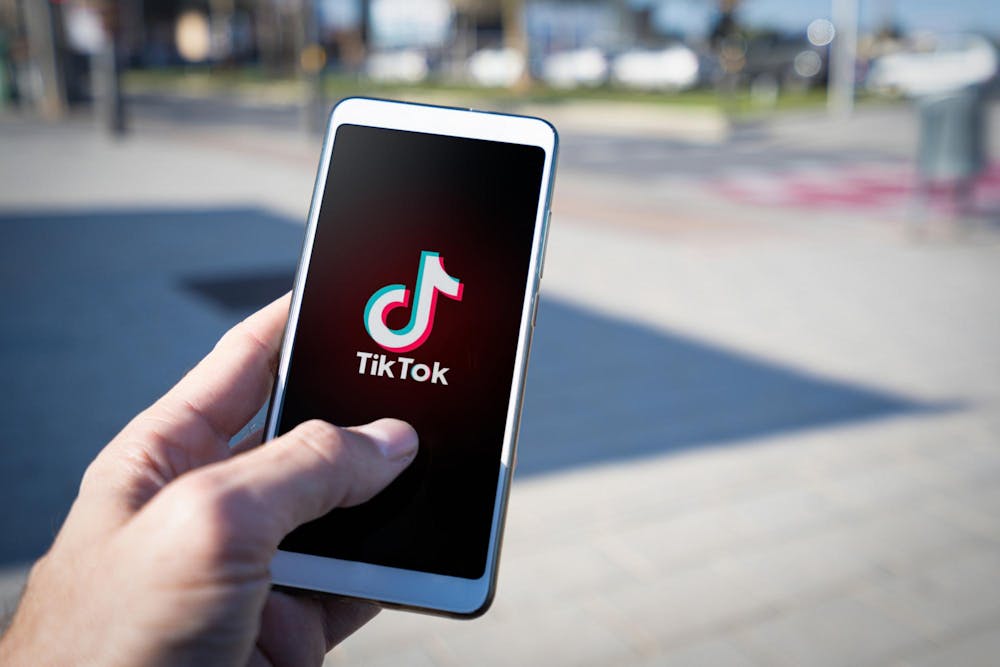Are you an Eclectic Grandpa? With your chunky Doc Martens and thrifted vintage sweater? It's from Shein, but no one would know just by looking at it, right? What about a Pink Pilates Princess? With the latest matching Alo set and pink ribbon bows tied to each side of your brand-new pink Apple AirPod Max headphones?
Do you have blueberry milk nails, cowgirl copper hair, latte makeup, or brownie lips? Are you deer pretty, fox pretty, cat pretty or alien pretty?
If anyone had said any of those words to you a year ago, would you know what they meant? How about a month? A week?
The irony is that I have been trying to write this article for about six months now, and the trends and aesthetics I wrote down for reference are now old news, or worse: cheugy.
RelatedCOLUMN: On the Clock: The Stanley cup swarm Large, pastel colored cups are the latest material craze and status symbol.
The combination of identity, algorithm and aesthetic has given rise to a phenomenon where the pursuit of a unique identity becomes synonymous with conforming to ephemeral trends. We call them “eras” as another way to highlight their fleeting nature.
The quest for a unique identity is a bit paradoxical. We are constantly striving to be different, and yet it makes us more of the same. An impossible middle ground of perfect unconventionality mixed with just enough conformity to allow us to be seen and identifiable. This is what it is to be defined by an aesthetic.
TikTok, with its rapid trend cycles, created an environment shrinking the lifespan of trends and our attention. Our sense of self is tied to materialism, but more importantly, the purchases making up the newest aesthetic. This has created a cycle of consumerism that is increasingly difficult to break. It's important to recognize these trends are fleeting. Think first before that new lip gloss just becomes something TikTok “made you buy.”
The mind-numbing speed of these cycles may be disorienting for consumers, but it's a boom for businesses looking to capitalize on constant turnover.
While TikTok didn't invent trends, the app has pushed trend cycles into fifth gear. What we are seeing is an increase of young, western women investing in products that symbolize an idealized lifestyle, instead of spending that money to enrich their lives. The consequence is a society that associates its sense of self with material possessions, exacerbating our nation's overconsumption epidemic.
It’s all an illusion meant to capture the attention of our screens and our wallets. It’s just yet another marketing scheme aimed at manipulating our spending habits. Coastal Cowgirl. Mob Wife. Clean Girl. The one thing these “aesthetics” have in common is to obtain them, you need buy something. These campaigns facilitate false expectations and ultimately lead to a cycle of buying and discarding. This culture of consumerism is leading to an unsustainable lifestyle that is financially draining and harmful to the environment.
RelatedOPINION: A reminder to embrace the "basic" Being called basic or liking trendy things isn't what people make it out to be.
Unfortunately, the price we pay for these aesthetics is paid by our planet too. The trends of today fill up the landfills tomorrow. This is the consequence of fast fashion. According to an analysis by Business Insider, the fashion industry produces 10% of total global carbon emissions. The industry takes a heavy toll on our planet’s water sources and is a significant source of river and stream pollution. Additionally, 85% of all textiles go to dumps each year. Just washing these clothes releases 500,000 tons of microfibers into the ocean each year, the equivalent of 50 billion plastic bottles.
I’m not saying it is wrong to purchase something because it is trendy, just that it can be easy to fall into the trap of needing to break yourself down to be put into one of the internet’s arbitrary boxes. Pursuing an identity or an aesthetic through purchases is where we cross the line. TikTok's swift trend cycles intensify this dynamic, tethering our self-perception to materialism and trend-induced purchases, fostering this challenging cycle of consumerism.
So, buy what you like because you like it! Not just because someone is telling you to. Take a moment to appreciate who you are in your entirety. At the end of the day, you are so much more than an aesthetic.
Ainsley Foster (she/her) is a sophomore studying elementary education.






